order histories, retained contact details for faster checkout, review submissions, and special promotions.
Forgot password?
order histories, retained contact details for faster checkout, review submissions, and special promotions.
Location
Corporate Headquarters
Vector Laboratories, Inc.
6737 Mowry Ave
Newark, CA 94560
United States
Telephone Numbers
Customer Service: (800) 227-6666 / (650) 697-3600
Contact Us
Additional Contact Details
order histories, retained contact details for faster checkout, review submissions, and special promotions.
Forgot password?
order histories, retained contact details for faster checkout, review submissions, and special promotions.
Pan Cytokeratin
Keratin / Cytokeratin
Cytokeratins are proteins of keratin-containing intermediate filaments found in the intracytoplasmic cytoskeleton of epithelial tissue. The term "cytokeratin" began to be used in the late 1970s (for example, see "Intermediate-sized filaments of human endothelial cells" by Franke, Schmid, Osborn and Weber) when the protein subunits of keratin intermediate filaments inside cells were first being identified and characterized. In 2006 a new systematic nomenclature for keratins was created and now the proteins previously called "cytokeratins" are simply called keratins. Micrograph showing low molecular weight cytokeratin (LMWCK) staining of intermediate trophoblast (placental tissue) and endometrial glands. There are two types of cytokeratins: the basic type I cytokeratins and the acidic or neutral type II cytokeratins. Cytokeratins are usually found in pairs comprising a type I cytokeratin and a type II cytokeratin. Basic or neutral cytokeratins include CK1, CK2, CK3, CK4, CK5, CK6, CK7, and CK8. Acidic cytokeratins are CK9, CK10, CK12, CK13, CK14, CK16, CK17, CK18, CK19 and CK20. The cytokeratins can be divided into low versus high molecular weight solely based on their molecular weight. Expression of these cytokeratins is frequently organ or tissue specific. As an example, CK7 is typically expressed in the ductal epithelium of the genitourinary (GU) tract and CK20 most commonly in the gastrointestinal (GI) tract. Anatomic pathologists employ such distinctions to detect the cell of origin of various tumors.
Pan Cytokeratin Target Details
| Target Name: | Keratin / Cytokeratin |
Publications (5)
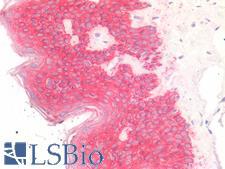
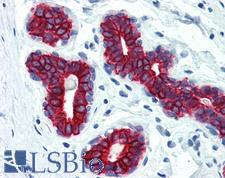
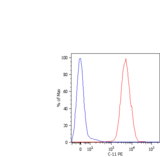
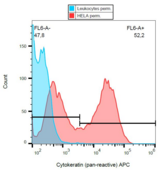
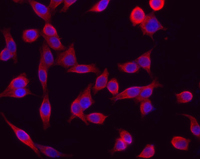

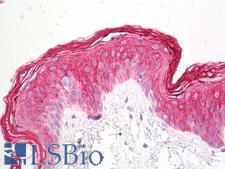

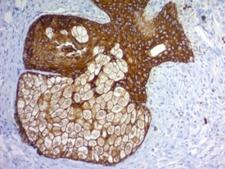

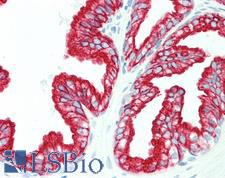
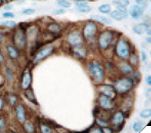
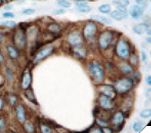
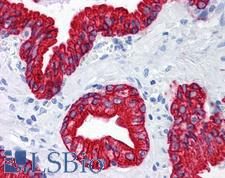
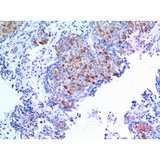
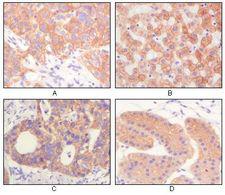

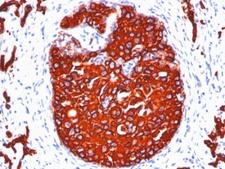

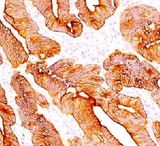
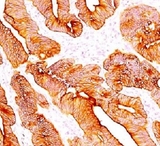
If you do not find the reagent or information you require, please contact Customer.Support@LSBio.com to inquire about additional products in development.












